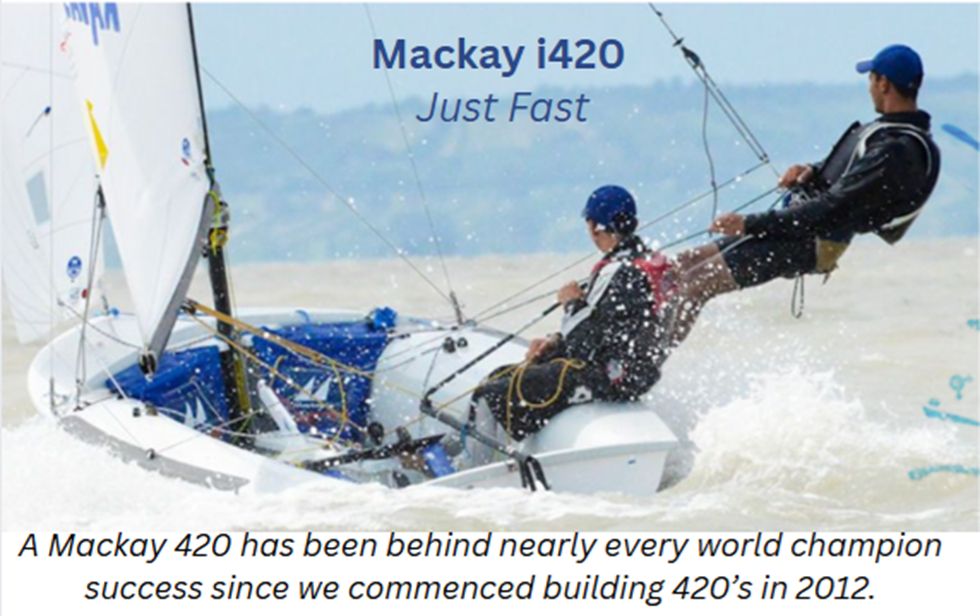By Airwaves Fitness Expert Rachel Bennung
Summer is in full swing! Which means of course the summer sailing is here. With the warmer temperatures, and nicer weather we are all able to get back out on the water more often. For some this is your big season because you aren’t able to sail as much in the other seasons. We are all excited to have this weather back, but what happens to our fitness plans in the summer? This is something that may not seem as essential since you are sailing more often. However, continuing your fitness training during the summer season is essential to your success out on the water.
Just because your sailing more often in the summer doesn’t mean the workouts stop; it just means they need to change. Here are four training tips to use this summer to help maximize your performance on the water.
Summer Sailing Training Tips
- Pick 1-2 days a week to strength train
- Don’t try to make any major improvements in the weight room.
- Know you body and when you need to rest
- Focus on recovery
- Pick 1-2 days a week to strength train
During the week you want to try and pick one to two days you can get in a strength routine. Since some of you will be sailing 4-6 days a week during the week, you won’t be able to do strength more then 1-2 days. For your strength routine you want to try and pick days that you aren’t sailing, or you have a light day of practice. Try to spend 30 minutes to an hour for these workouts. Focus on areas of your body where you feel you need some improving.
- Don’t try to make any major improvements in the weight room.
When you are in season you don’t want try to make any major improvements in the weight room. The focus while in your sailing season is to maintain the gains you made in the off season. You want to work on quality work, and not push your body too far. You can burn out and possibly get injured trying to make any major improvements with your strength during your sailing season.
- Know you body and when you need to rest
Some days you just need some rest. Know your body and when you are hurting and just need to rest for the day. Even if its a day you had planned on doing your strength training, take the time and rest your body. The only thing that can come from working out while your already tried and sore is injury. Once your injured your out for the season, so its always worth taking that day off. Missing one or two workouts isn’t going hurt your performance.
- Focus on recovery
During your sailing season you always want to spend extra time focusing on recovery. You are using those essential muscles more often while in season. So spend extra time before and after sailing, and your workouts stretching and foam rolling. Maybe try some yoga on your rest day to get some extra stretching in. Also make sure your body is getting enough sleep each night.
Summer fitness training for sailing is just as important as your off season training. It takes your body a long time to get into your top shape, and without continuing a routine you will lose all the gains you made in the off season. Fitness training never stops it just changes depending on what season you currently are in. These four tips; picking 1-2 days a week to strength train, not making any major improvements in the weight room, knowing your body and when you need rest, and focusing on recovery, will all help you keep going through this summer sailing season! Check out the video below for some good moves to add to your strength routine and that will help enhance your sailing performance this summer!
For more information on fitness for sailing contact [email protected]. Also check out Sailorcise on Facebook, Twitter, and Instagram for daily tips on fitness, nutrition, and sailing.
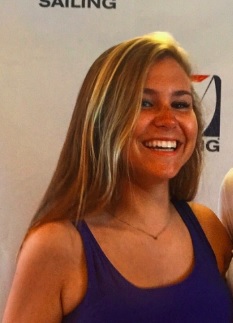 Sail1Design would like to welcome our newest writer, and addition to our
Sail1Design would like to welcome our newest writer, and addition to our 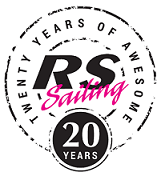
 Anyone who has sailed out of Sail Newport is familiar with its general and specific conditions. The sea breeze fills in just after noon with a nice southerly. The tide plays a significant role throughout the day, presenting both challenges and opportunities on the race course as it goes out and comes in. (photo from
Anyone who has sailed out of Sail Newport is familiar with its general and specific conditions. The sea breeze fills in just after noon with a nice southerly. The tide plays a significant role throughout the day, presenting both challenges and opportunities on the race course as it goes out and comes in. (photo from 
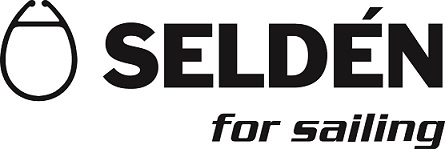
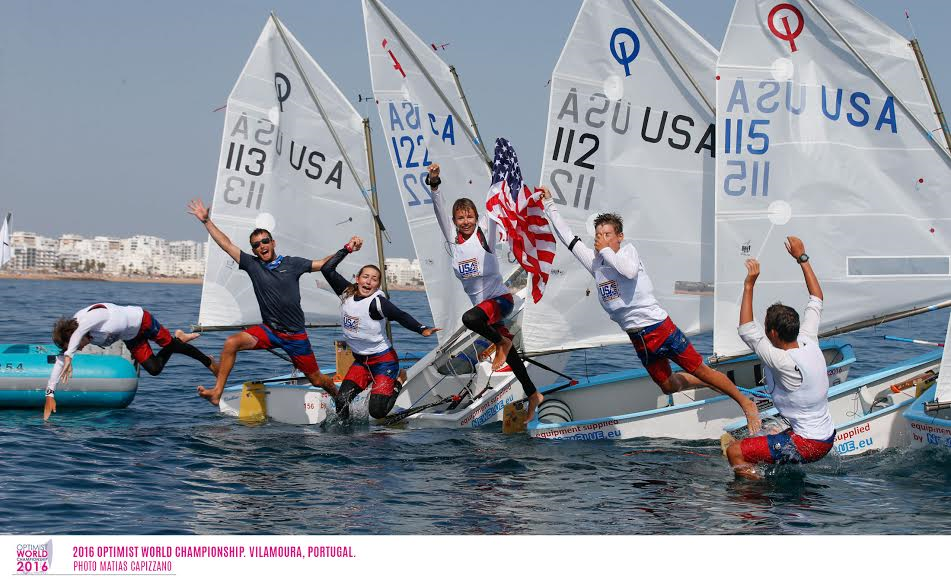



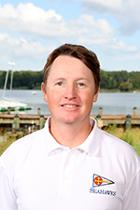 The 2016 winner of the
The 2016 winner of the 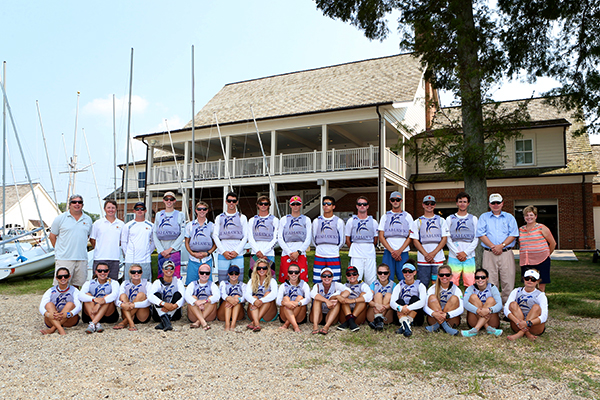 England and Ireland in 2005. He graduated from Georgetown University in Washington, D.C. in 1996, where he was a two-time All-America honorable mention (1994 and 1995) and team captain. Ward led Georgetown to the program’s first-ever appearances at the ICSA Dinghy and Sloop National Championships. Bill’s nomination included the following letter and video from a player on the St. Mary’s squad:
England and Ireland in 2005. He graduated from Georgetown University in Washington, D.C. in 1996, where he was a two-time All-America honorable mention (1994 and 1995) and team captain. Ward led Georgetown to the program’s first-ever appearances at the ICSA Dinghy and Sloop National Championships. Bill’s nomination included the following letter and video from a player on the St. Mary’s squad: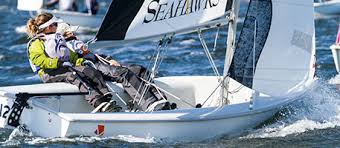 Sail1Design annually seeks your nominations for the Henri-Lloyd S1D Coach of the Year, for a coach that embodies the qualities (and more) listed in the article below. Sailors, this is your award! The Sail1Design staff chooses the winner only from our readers nominations! This is a great opportunity to recognize a coach that you feel makes a difference!
Sail1Design annually seeks your nominations for the Henri-Lloyd S1D Coach of the Year, for a coach that embodies the qualities (and more) listed in the article below. Sailors, this is your award! The Sail1Design staff chooses the winner only from our readers nominations! This is a great opportunity to recognize a coach that you feel makes a difference!
 I would bet that you could take a good coach, put him or her in a new sport, and that coach would find some success. Think about the best coach you ever had, and visualize that person in another sport, and you might see just how that person could adapt and still be a difference-maker.
I would bet that you could take a good coach, put him or her in a new sport, and that coach would find some success. Think about the best coach you ever had, and visualize that person in another sport, and you might see just how that person could adapt and still be a difference-maker.

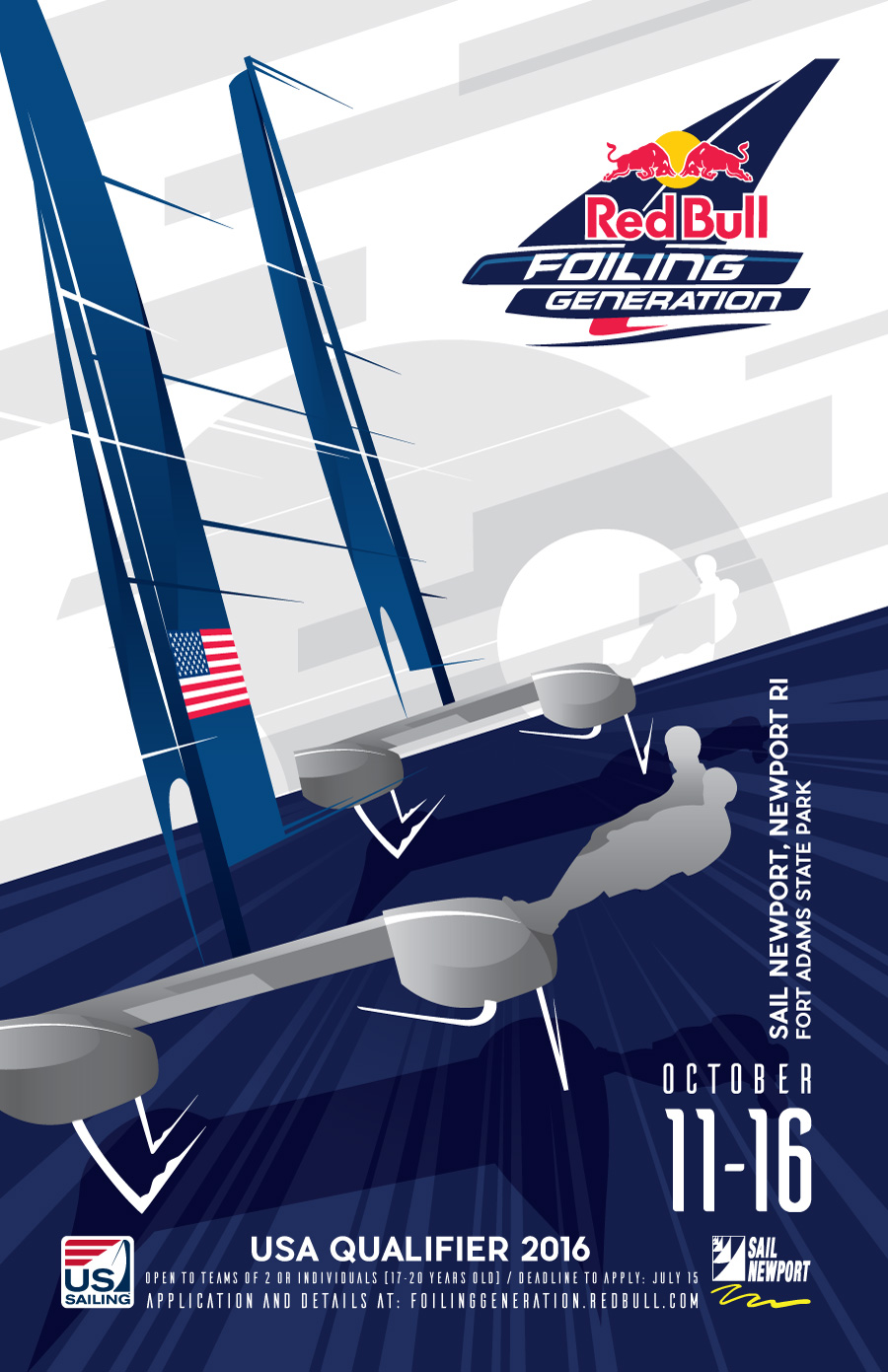 APPLICATIONS NOW OPEN FOR US QUALIFIER OF HI-TECH YOUTH SAILING COMPETITION COMING TO NEWPORT, RHODE ISLAND, USA
APPLICATIONS NOW OPEN FOR US QUALIFIER OF HI-TECH YOUTH SAILING COMPETITION COMING TO NEWPORT, RHODE ISLAND, USA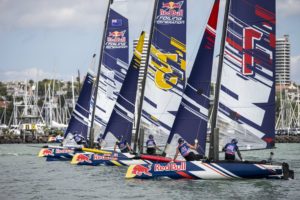
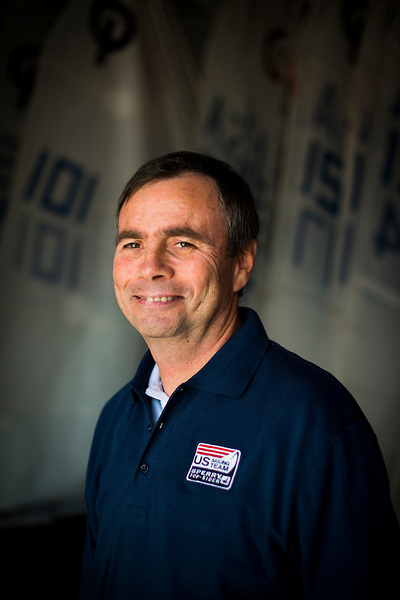 RANDOM CHAT
RANDOM CHAT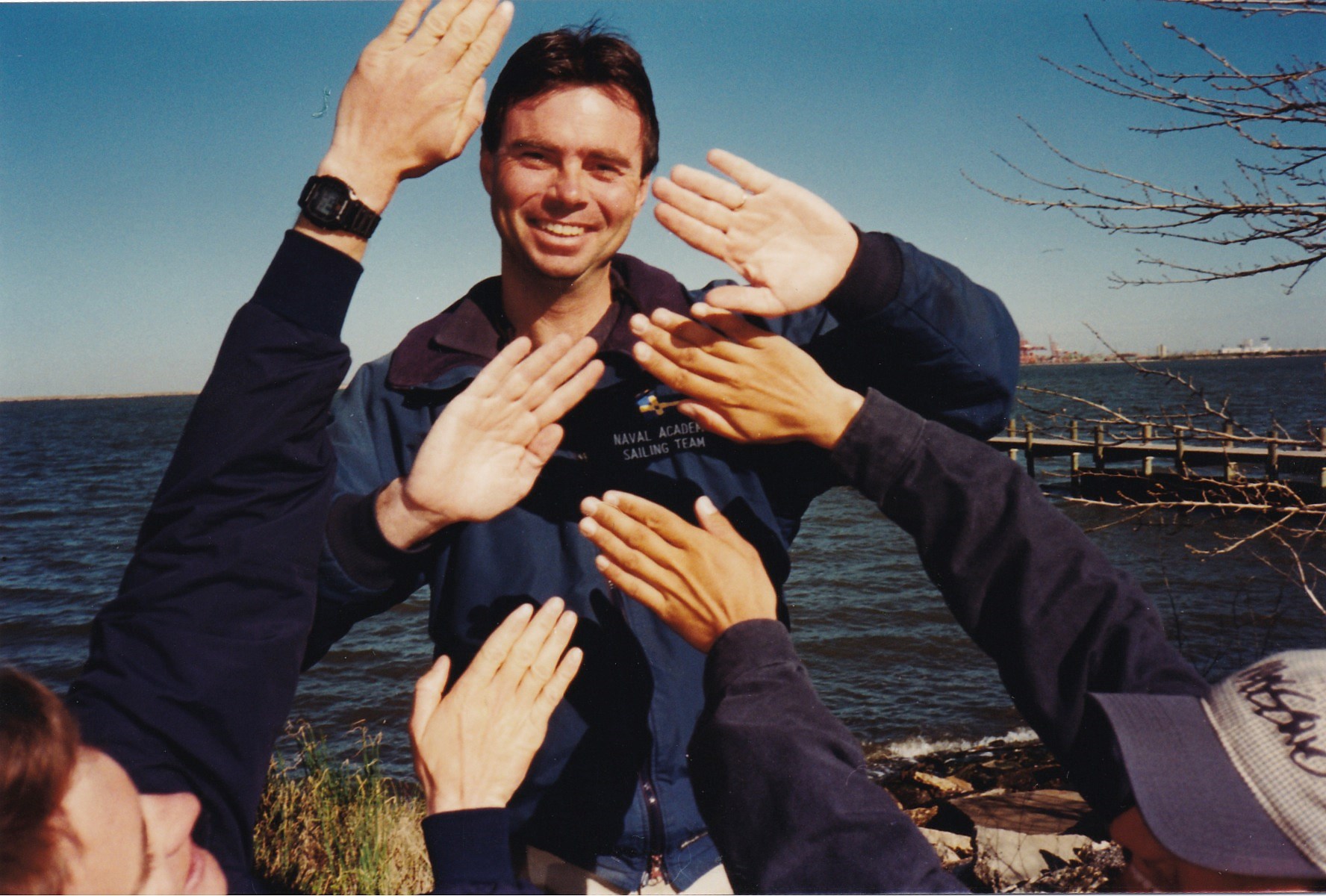
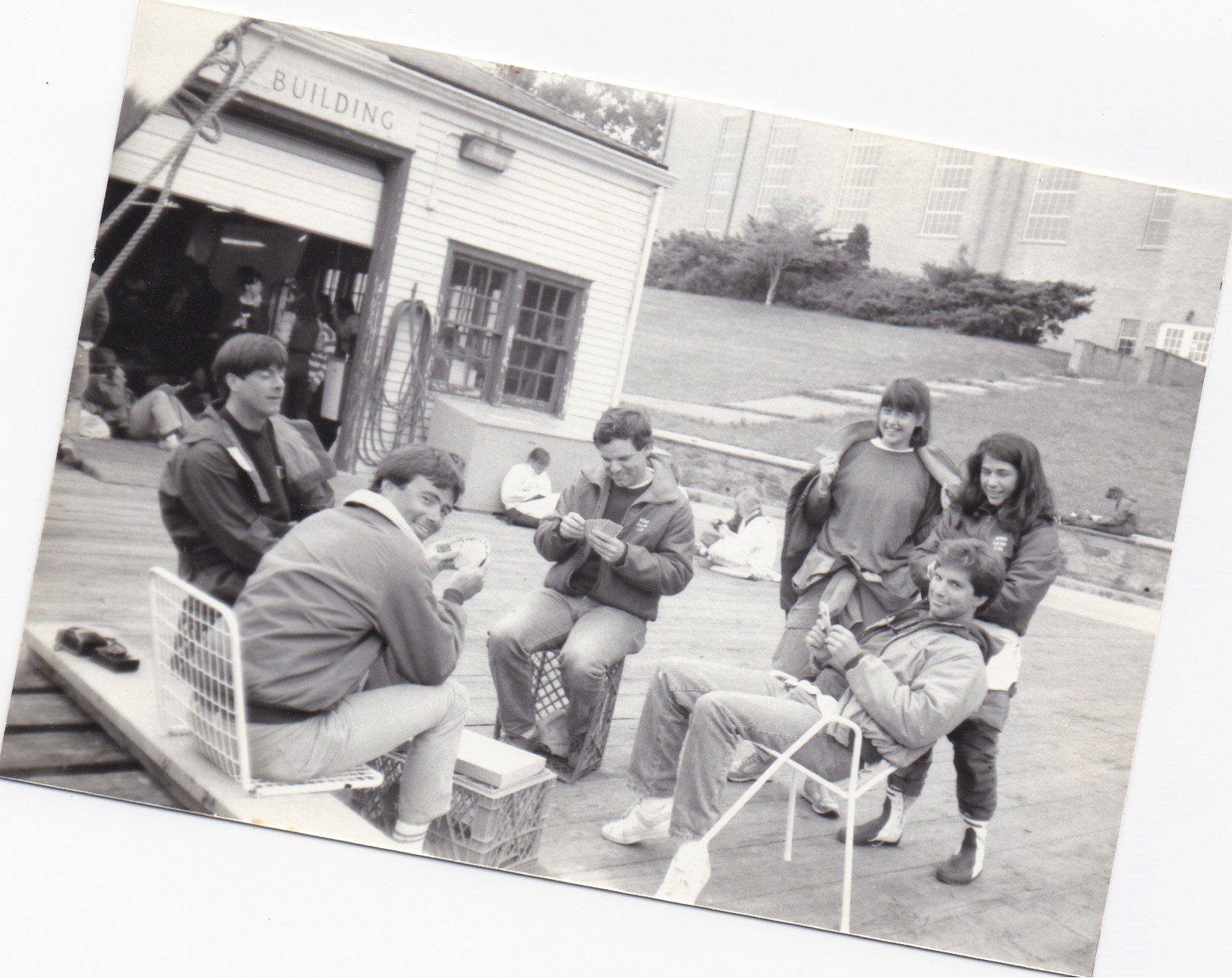 Photo, left: “Playing Hearts” at KP, ICSA Women’s Nationals, circa 1987. Ken Legler (Tufts), Brad Dellenbaugh (Brown), KC Fullmer (Northwestern), Gary Bodie (Naval Academy). I think the two women sailors are Northwestern team members. “Pretty sure I shot the moon and won in a walk off”
Photo, left: “Playing Hearts” at KP, ICSA Women’s Nationals, circa 1987. Ken Legler (Tufts), Brad Dellenbaugh (Brown), KC Fullmer (Northwestern), Gary Bodie (Naval Academy). I think the two women sailors are Northwestern team members. “Pretty sure I shot the moon and won in a walk off”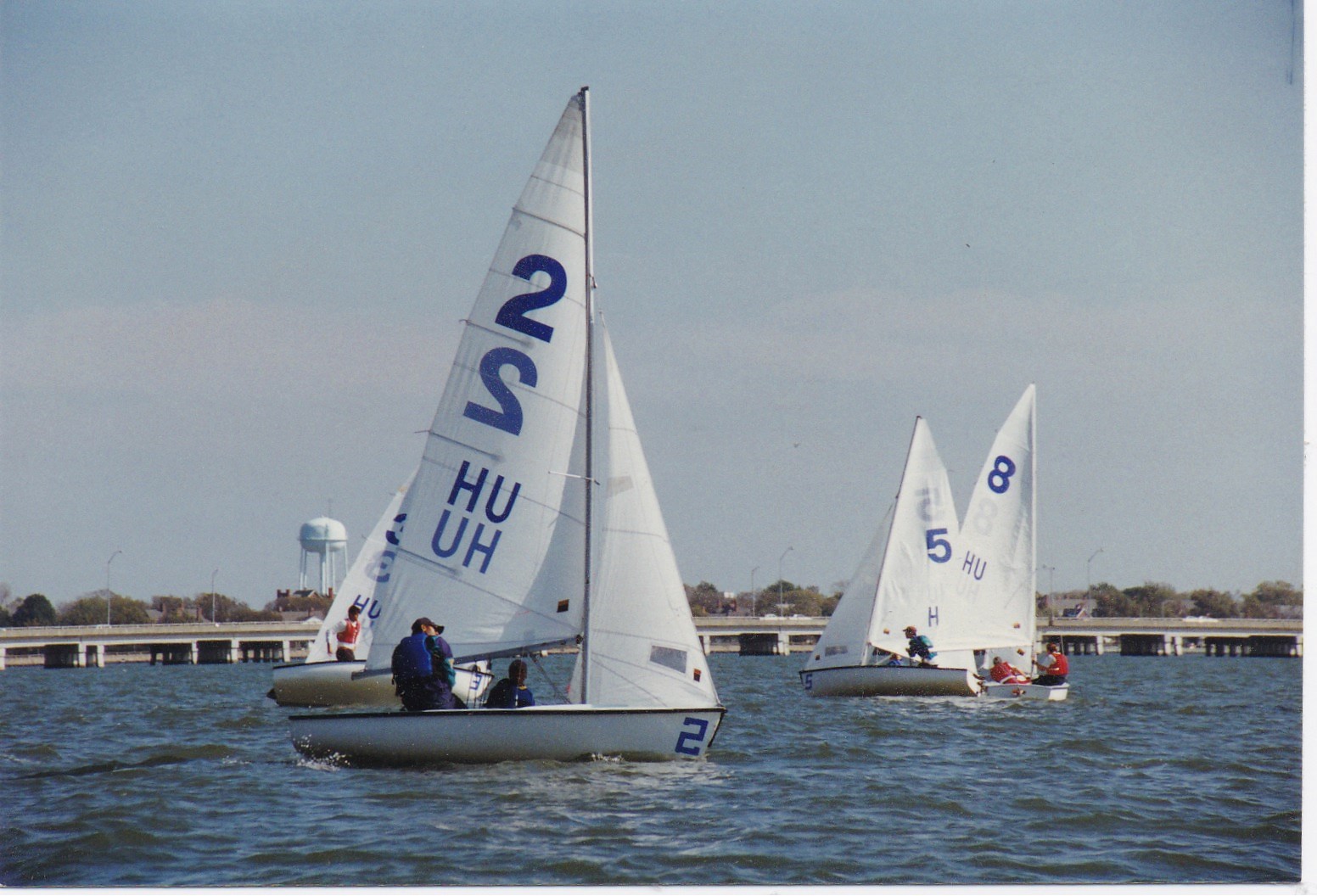 Do you still sail competitively? If yes, how, when, and where? If your answer is “I don’t”, then do you miss competing, or does it not bother you?
Do you still sail competitively? If yes, how, when, and where? If your answer is “I don’t”, then do you miss competing, or does it not bother you?